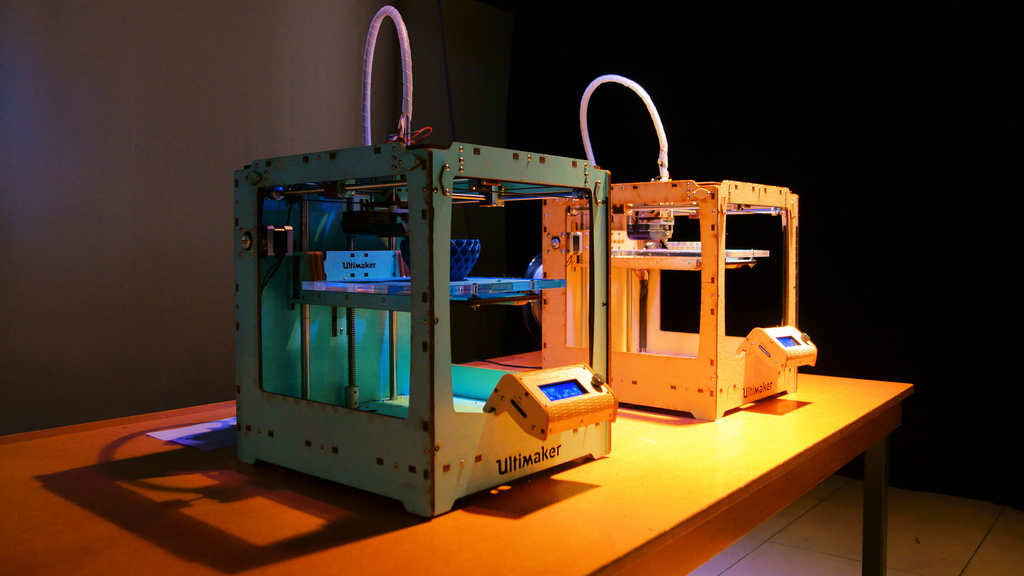3D printers are still very much a niche product for a specific audience, most of which are tech enthusiasts and creators. As a recent study out of Michigan Tech highlights, however, it may be in the best interest of the general public (and their pocketbooks) to hop aboard the 3D printing bandwagon ASAP.
Michigan Technological University Associate Professor Joshua Pearce recently set out to determine just how much money the average consumer could save if they were to purchase a run-of-the-mill 3D printer and use it to print a variety of household good versus simply buying them at the store as most do today.
Pearce recruited Emily Petersen, an undergraduate with no prior 3D printing experience, to serve as the guinea pig.
The duo went with a Lulzbot Mini printer and within less than an hour, Petersen had it up and running and was searching for blueprints online to print. Using a search engine called Yeggi, she selected 26 ordinary items to print out including a shower head, tool holders and snowboard binder clips.
Using the data they collected, the team was able to determine that on the low end, buyers could expect to save an average of 93 percent versus buying a product at retail. The high-cost comparison, meanwhile, revealed an average savings of 98.65 percent.
Pierce concluded that by using the low-cost estimates, the 3D printer would pay for itself in about three years and all the costs associated with printing, such as the price of plastic and electricity, are not only earned back but provide a 25 percent return on investment. After five years, Pierce says, the return on investment climbs above 100 percent.
Using high-cost estimates, the printer would pay for itself in just six months and after five years, you would not only have recouped all the costs associated with printing, you would have saved more than $12,000.
